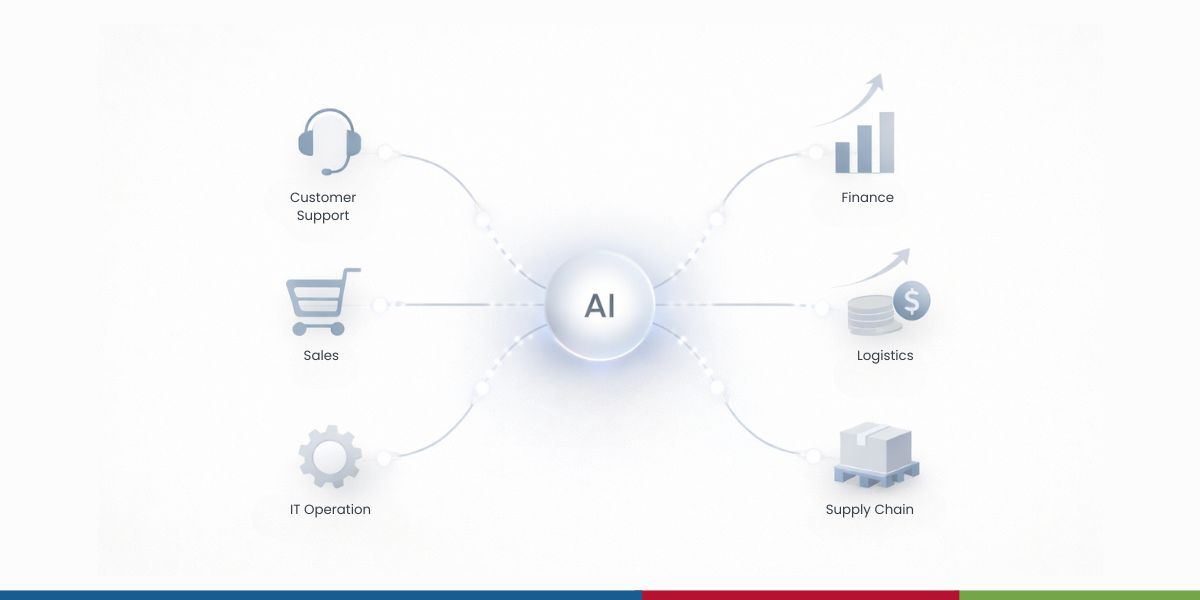Web Scraping Without Getting Blocked

4 min read | By Postpublisher P | 15 July 2024 | Technology
Web scraping is an essential technique used to extract data from websites. It’s widely used in various industries for data analysis, competitive research, and market intelligence. However, web scraping comes with challenges, including the risk of getting blocked by websites. This blog will outline effective strategies to scrape websites without getting blocked, ensuring that your data extraction efforts are smooth and successful. Let’s jump right in.
Use proxies
Web scraping is challenging without proxies. These are the intermediaries that hide your real IP address and allow you to make requests to a website through different IP addresses. What happens is if you make a high number of requests from the same IP address, websites might block you. So, proxies save you in such cases. You can use rotating proxies, residential proxies, or proxy providers to support your scraping activities.
If you want the best results, choose a proxy provider with a large pool of IPs and a wide set of locations. Using proxies correctly can significantly reduce the risk of getting blocked and ensure your web scraping tasks are efficient and effective.
A headless browser
The websites you want to scrape may detect subtle information like browser cookies, web fonts, JavaScript execution to determine whether the requesting party is a real user or not. You need your own headless browser to scrape these websites.
A headless browser is the ideal solution for interacting with web pages that use JavaScript to unlock or reveal content. These browsers operate like regular browsers without any graphical user interface, allowing you to automate web page interactions programmatically. Headless browsers offer precise control over browsing context, such as manipulating the viewport size and spoofing geolocations, which play a crucial role in testing geo-specific designs.
Avoid Honeypot traps
Putting in invisible links is one of the methods used to detect web crawlers on most sites. If you want to avoid them, detect whether a link has a “display: none” or “visibility: Hidden” CSS Property set. If so, avoid following that link right away. Otherwise, you will get blocked by the server quite easily. In such cases, you need to evade honeypots to enhance the sustainability and effectiveness of your web scraping efforts.
By being aware of and avoiding honeypot traps, you can prevent your scraper from being detected and blocked by the website.
Detect website changes
Many websites change layouts and there could be numerous reasons for the same which can cause scrapers to break. Also, some websites have very different layouts and that too in unexpected places. This becomes true even for big companies that are not much tech savvy. For instance – retail stores that are just making transition to online means.
Detects these changes while using the scraper. It will help you know whether your crawler is working or not. Yet another way is to write a unit test for a specific URL on the site or one URL of each type. In addition, use automated tests on your scraping scripts to ensure their proper functioning. Detecting website changes early helps maintain the reliability of your web scraping efforts and prevents you from getting blocked.
Use captcha-solving services
What is one of the most common ways for websites to crack down on crawlers? Displaying a Captcha. They present a significant hurdle for web scrapers. Fortunately, there are services meant to solve Captchas. You can use third-party services called Captcha-solving services. They employ advanced algorithms or real humans to solve CAPTCHA codes to make it easy for the scraper to continue their tasks.
Using Browser automation tools is yet another way. You can also use a combination of bypass strategies to avoid the pages with CAPTCHA altogether. Using techniques to solve Captcha can overcome the barriers to web scraping so that you can continue to extract data without interruptions.
Avoid image scraping
Images are subjected to copyright. It requires additional bandwidth and storage space. Plus, a higher risk is associated with image scraping in terms of infringing on someone else’s rights.
Furthermore, images are often hidden in Javascript elements and are heavily loaded with data. So, the data acquisition process becomes complex and it slows down the web scraper itself. Thus, it is in your best interest to minimize the image scraping and focus on text data to reduce the risk of blocking.
To make a long story short
Web scraping is a powerful tool for extracting valuable data from websites, but it requires careful planning and execution to avoid getting blocked. Remember, ethical considerations and legal compliance are paramount when engaging in web scraping. Always respect the website’s terms of service and data usage policies. By following the above-mentioned best practices, you can achieve your data extraction goals while maintaining a positive and responsible approach to web scraping.
The latest from our editors
Join over 150,000+ subscribers who get our best digital insights, strategies and tips delivered straight to their inbox.


